3 Simple Steps to Taking a Great Photo
![]()
Photography is a presentation medium. At its most basic, a photograph is simply a means to communicate an idea to an audience. Sometimes the idea is a memory or a moment, other times it‘s an expression of a feeling or intention.
I like to think of photography as a visual language. You must learn the basic building blocks of a language before you can fully communicate an idea. It’s only after you’re fluent (in at least the basics), that you can start communicating.
1. Be at the Right Place at the Right Time
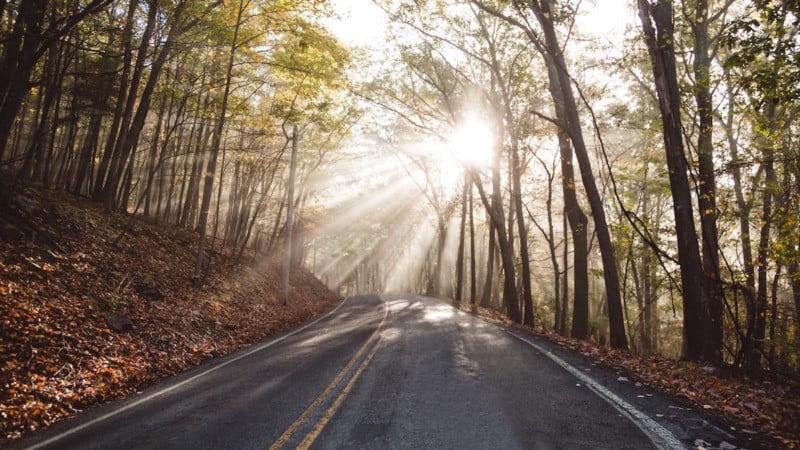
It sounds simple enough. Sometimes, just showing up at the right place at the right time can allow you to create an amazing photograph. And just the same as any other skill, the more you prepare to get lucky, the luckier you will become.
How to Improve
Understanding what qualifies as “the right place at the right time” is a good place to start. The hours right after sunrise and right before sunset are considered the golden hour. Horizontal, directional light is more flattering on subjects than harsh, mid-day light (think harsh shadows caused at noon).
Scouting and taking test shots is a good way to research locations. The more you shoot, the more times you are putting yourself in the position to be in the right place at the right time.
2. Know your Gear
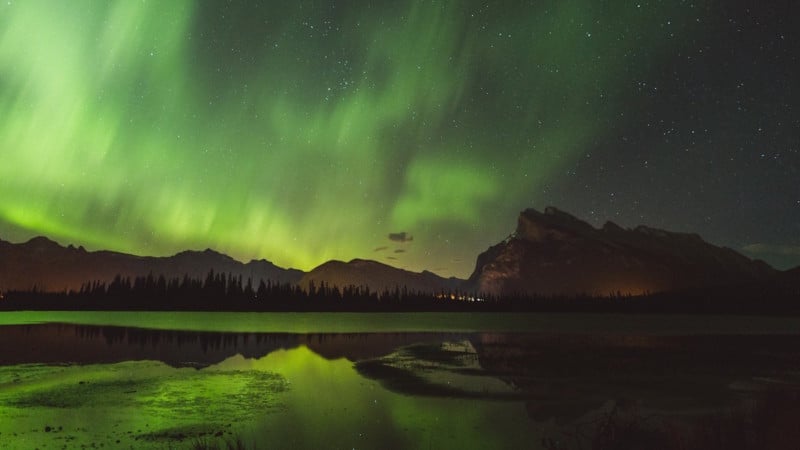
Knowing how to use equipment should be a given, but there’s always room for improvement. When you show up to your location, at the right place at the right time, you need to be competent and confident with your gear. It breaks down a little bit more than just how to use all the features of the camera.
The elements of art, how to properly compose and execute a photo, also fall into this category. Knowing how to edit and curate your work is just as important in the creation process.
How to improve
Read your camera’s manual. Learn how to properly use your flash or tripod, or any accessories you might be using with your camera. Watch YouTube tutorials about composition and lighting. Read books about photography history and theory. The more you shoot, the deeper you’ll understand how to master your equipment, processes, and style.
3. Find/Create a Story
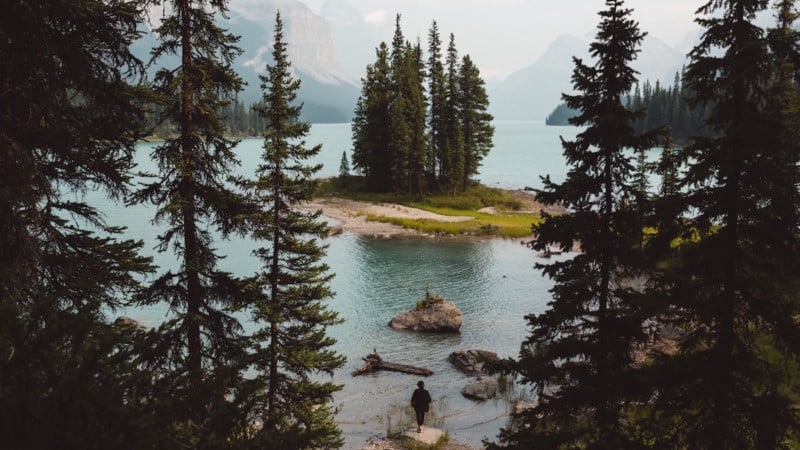
If photography is simply a method to tell a story, you would think the story itself would be the most important part. Time and again it’s overlooked.
With Instagram, it’s easy to blindly appraise every nature/city shot as beautiful, great photos. While they may be aesthetically pleasing, the story they tell is usually substantially lacking. The story is either “nature is beautiful,” or “travel is good.” Both of which are uninspired and overdone. I admit I still tell both.
Not to say that there’s no place in the world for travel/architecture photography, but understand that the process to tell stories like this are pretty straight forward and easy to recreate if you have the time and resources.
‘Story’ is oftentimes baked into the first two steps. By deciding where to show up at the right place at the right time and deciding how to use your gear, you’re already telling a story of whatever it is you’re capturing. The three steps work in conjunction with each other. Each step is a slight prerequisite for the next.
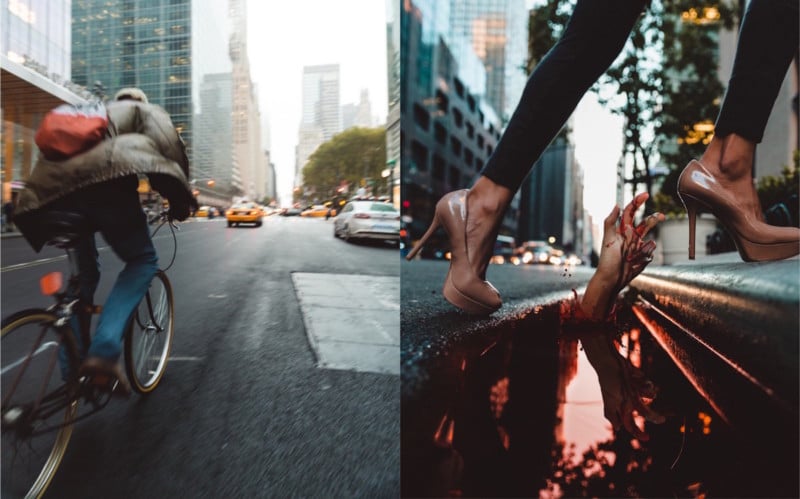
So the options are either finding a story, or creating a story. Photojournalism and documentary photography embody ‘finding a story.’ Much of advertising and conceptual photography embody ‘creating a story.’ Finding a story can be as easy as documenting a scene or event that you find in the middle of the street. Creating a story can be as easy as documenting a scene or event that you yourself have created.
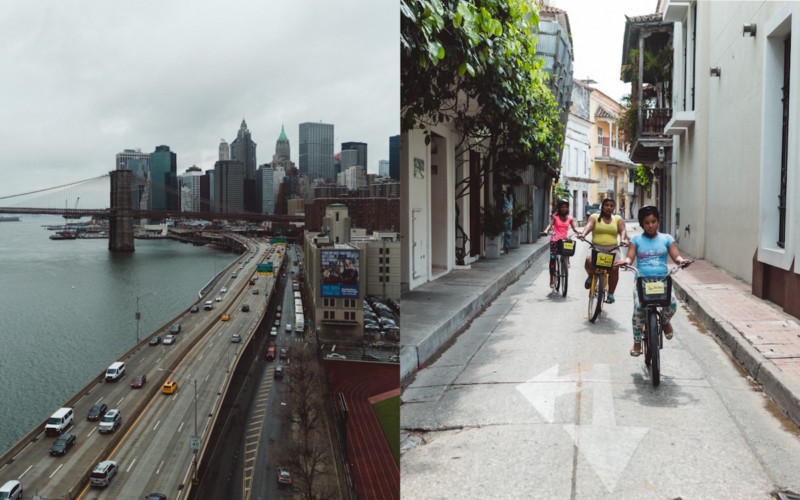
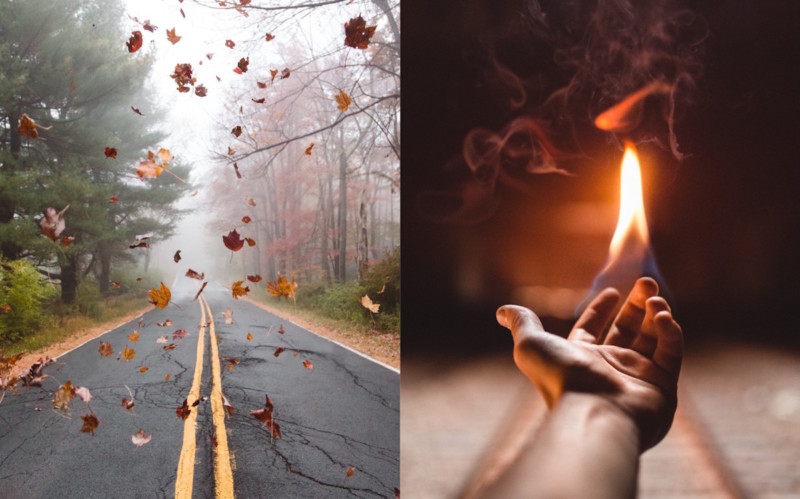
How to improve
The story in your photo depends on your intentions as a photographer. Determine whether you’re telling a found story or a created story. In both of these categories, weak stories are those that everyone has access to, and are therefore easy to replicate. These stories are told over and over, and since we’ve all already become accustom to seeing this story, it’s hard to really stand out from the crowd. Strong stories are those that not everyone has access to, or not everyone even knows about.
If you can tell strong stories that no one else can by consistently finding original and awe-inspiring stories, you’ve made yourself invaluable. If you can tell strong stories no one else can by consistently creating new and exciting stories, you’ve also made yourself invaluable.
Photography is evolving as fast as technology allows. In the year of 2015 there were roughly 1 Trillion photos taken. 10% of all photos ever taken have been created in the last 12 months. At what point do you think that all potential new photo possibilities will run out? Have all of the stories already been documented? Not quite, since there will always be new stories to tell. But by limiting yourself to just ‘finding’ stories, you are limiting your opportunity to produce original or unique work.
Would someone else with the same technical skills tell the same exact story if they were in the same place as you? What can you offer that’s different?
Art is no longer art when it becomes a science. The first two steps are formulaic. They can be taught, learned, and mastered. To master the first step, you only need time. To master the second step, you only need an Internet connection. The third is where you can set yourself apart.
Think about it this way: hypothetically, all scientific discoveries will be made eventually, since they are based on the laws of science. Numbers and formulas are not open to interpretations. Art is different. Because most art is subjective, there are some artistic discoveries and conclusions that will not be made unless you make them yourself.
So if you’re interested in creating something memorable and hard to replicate, focus on creating stories rather than finding stories. There will always be someone else who is able to find the stories that already exist. Not everyone is able to create stories.
About the author: Sam Morrison is a photographer a social media influencer working with brands to design, conceptualize, and execute Instagram advertising campaigns. The opinions in this article are solely those of the author. To see more of Sam’s work, visit his website or follow him on Instagram and Twitter. This article also appeared here.